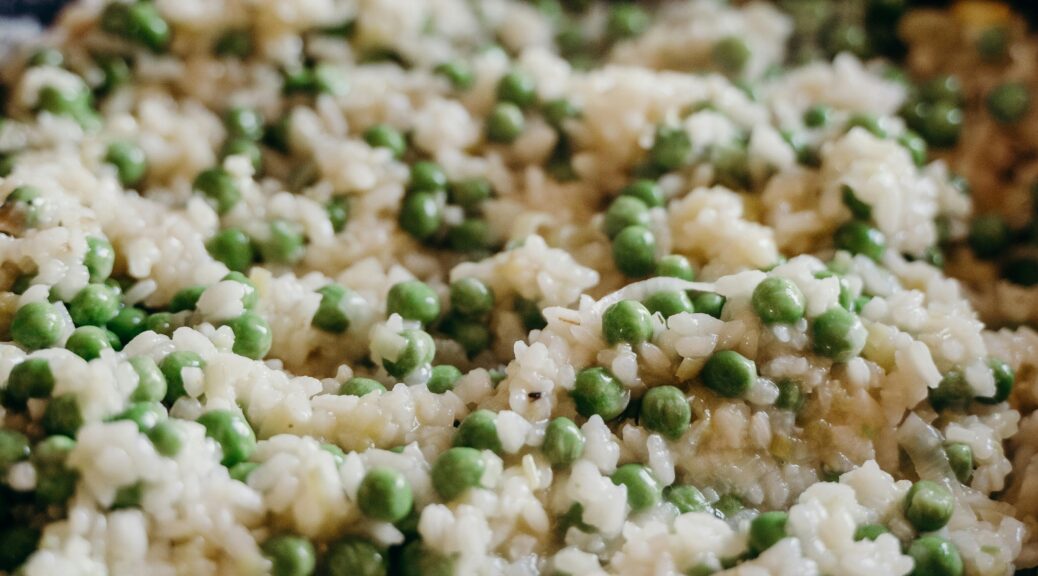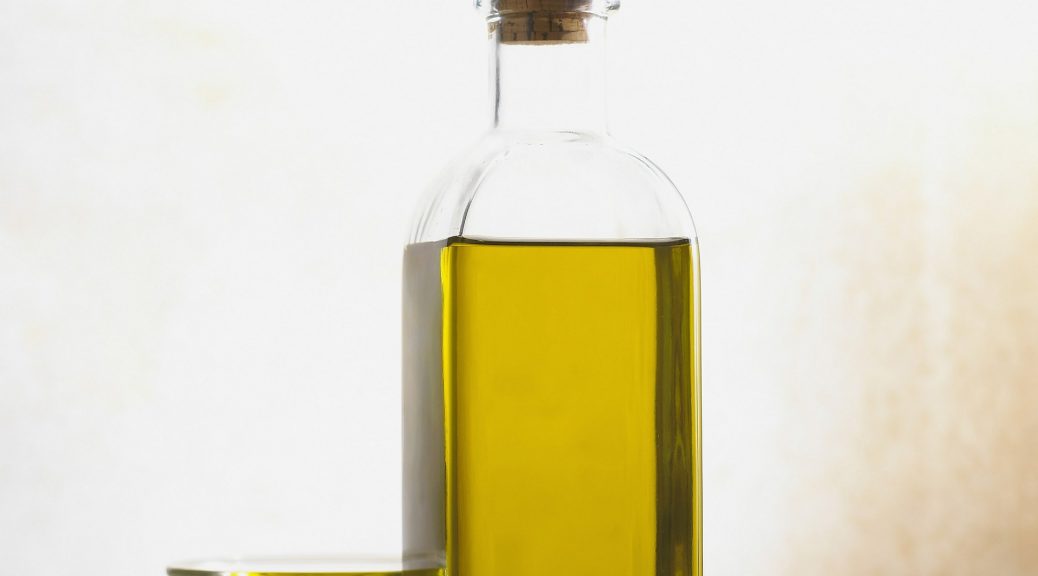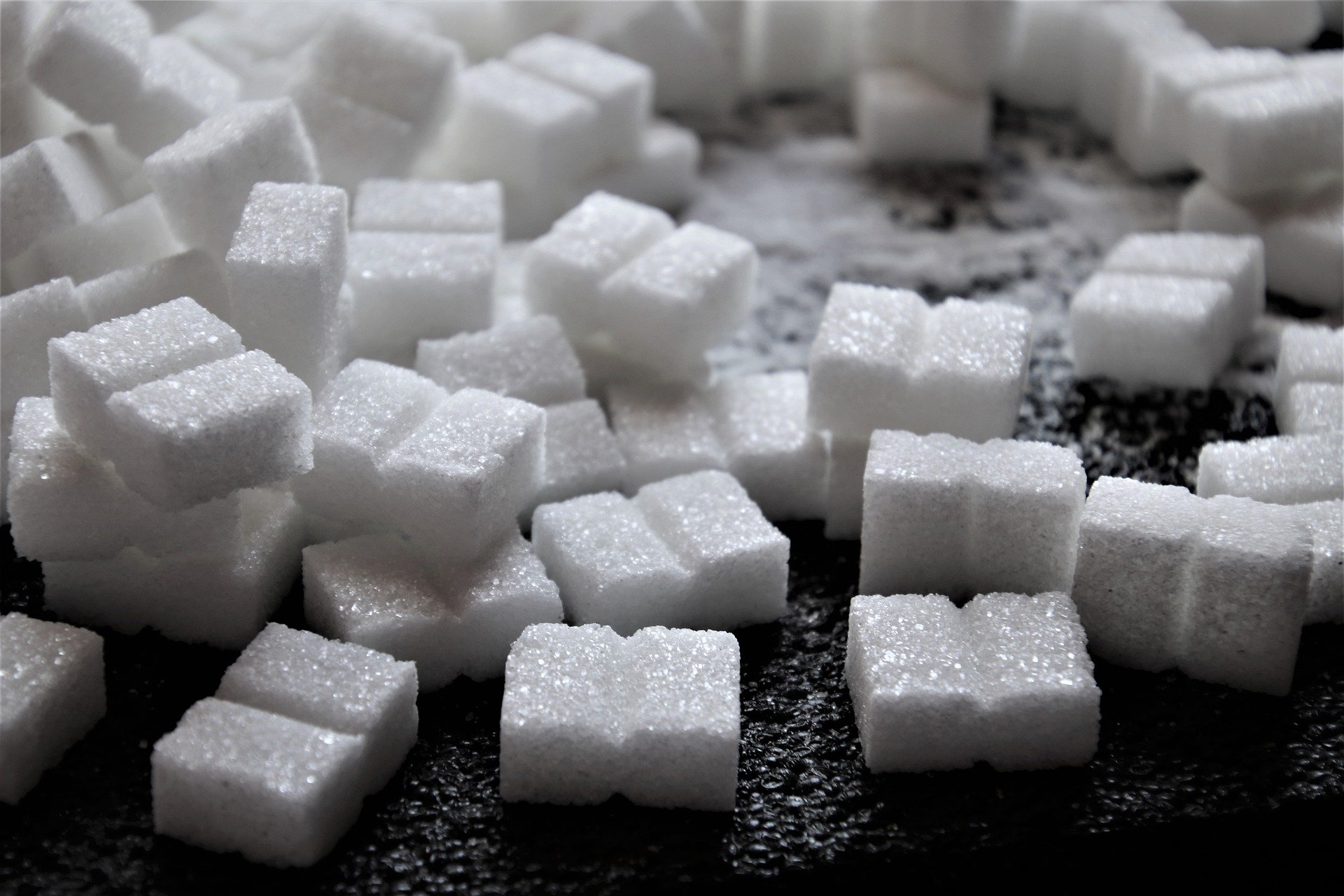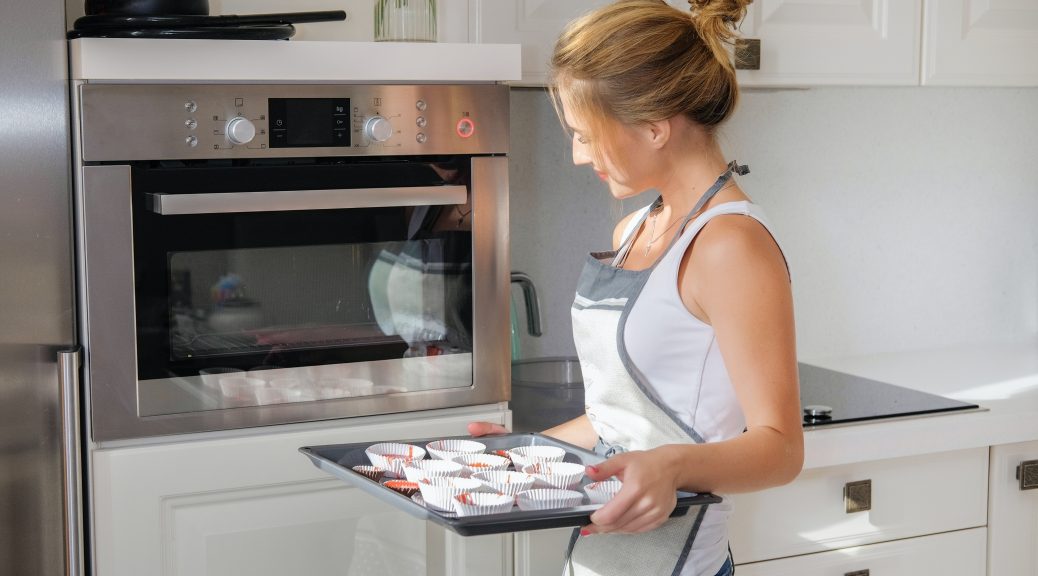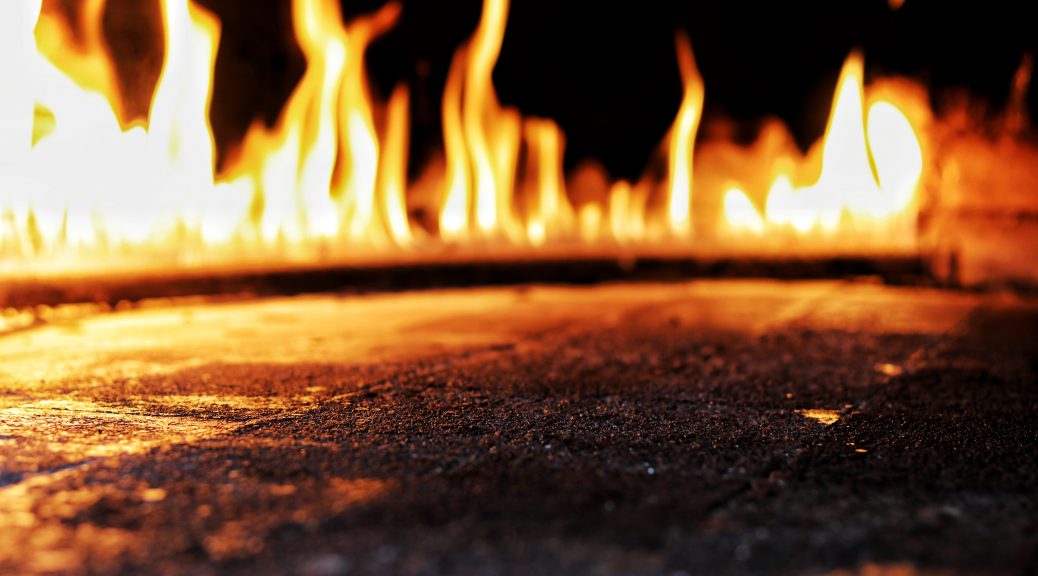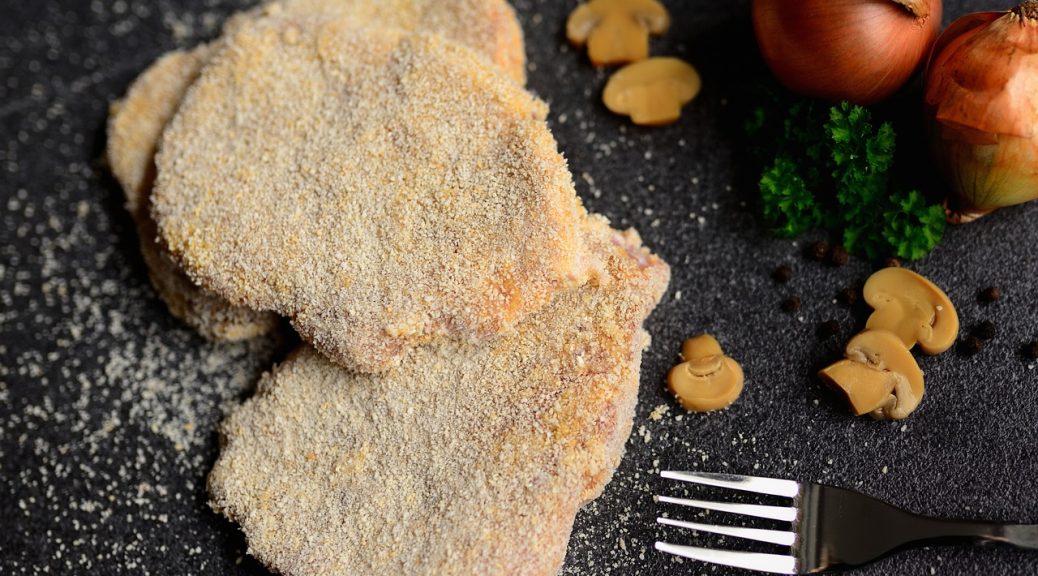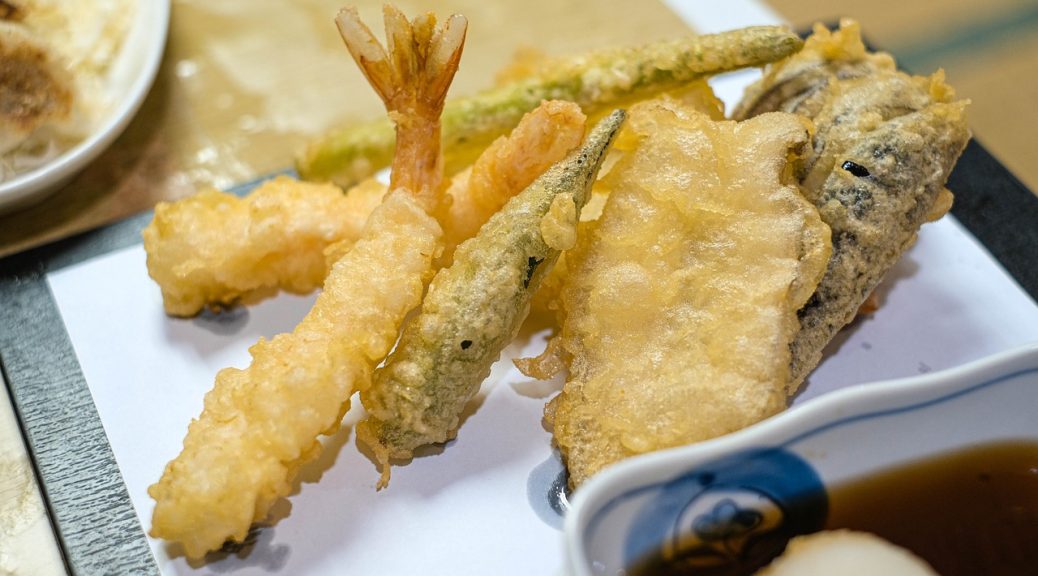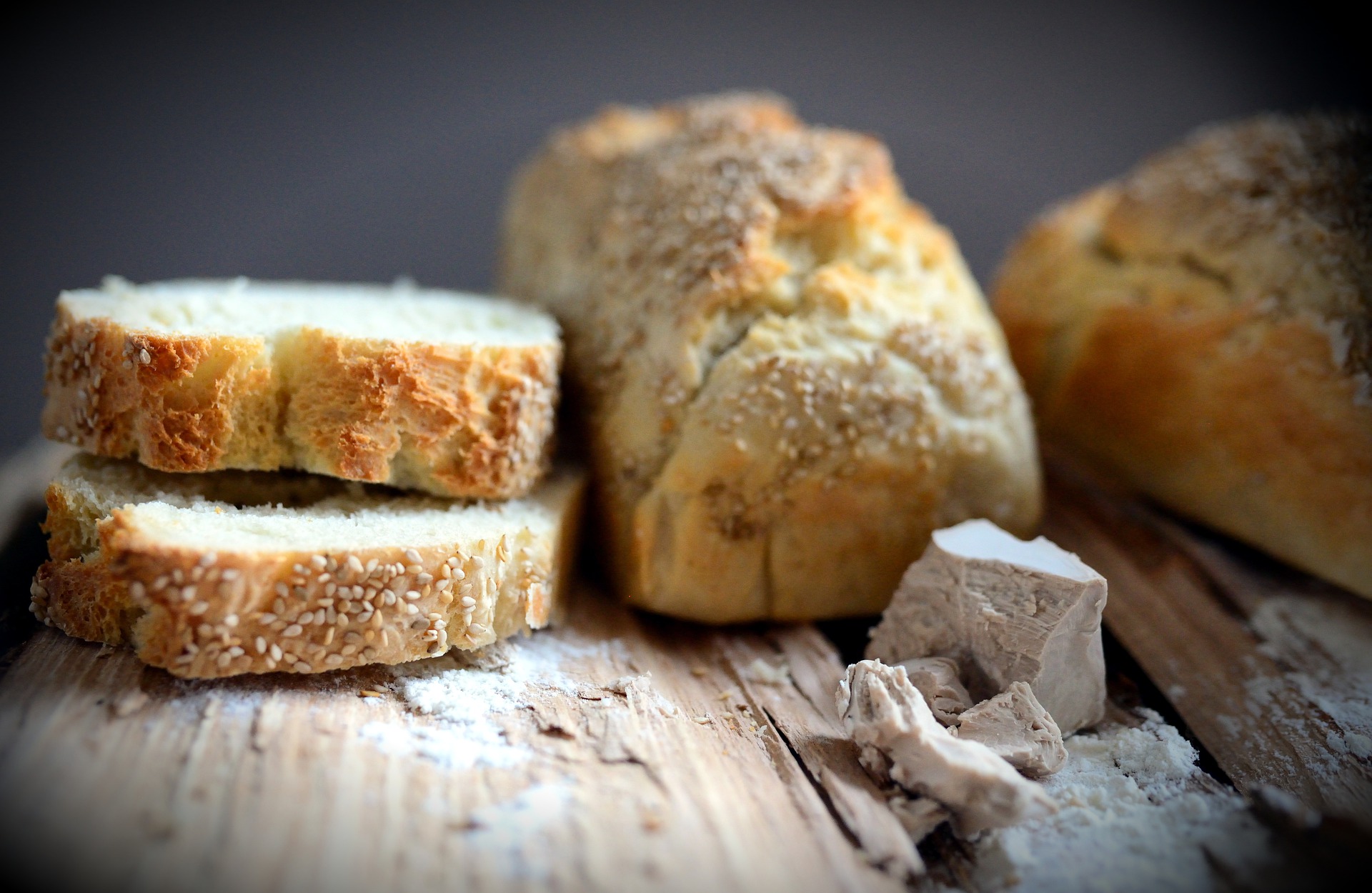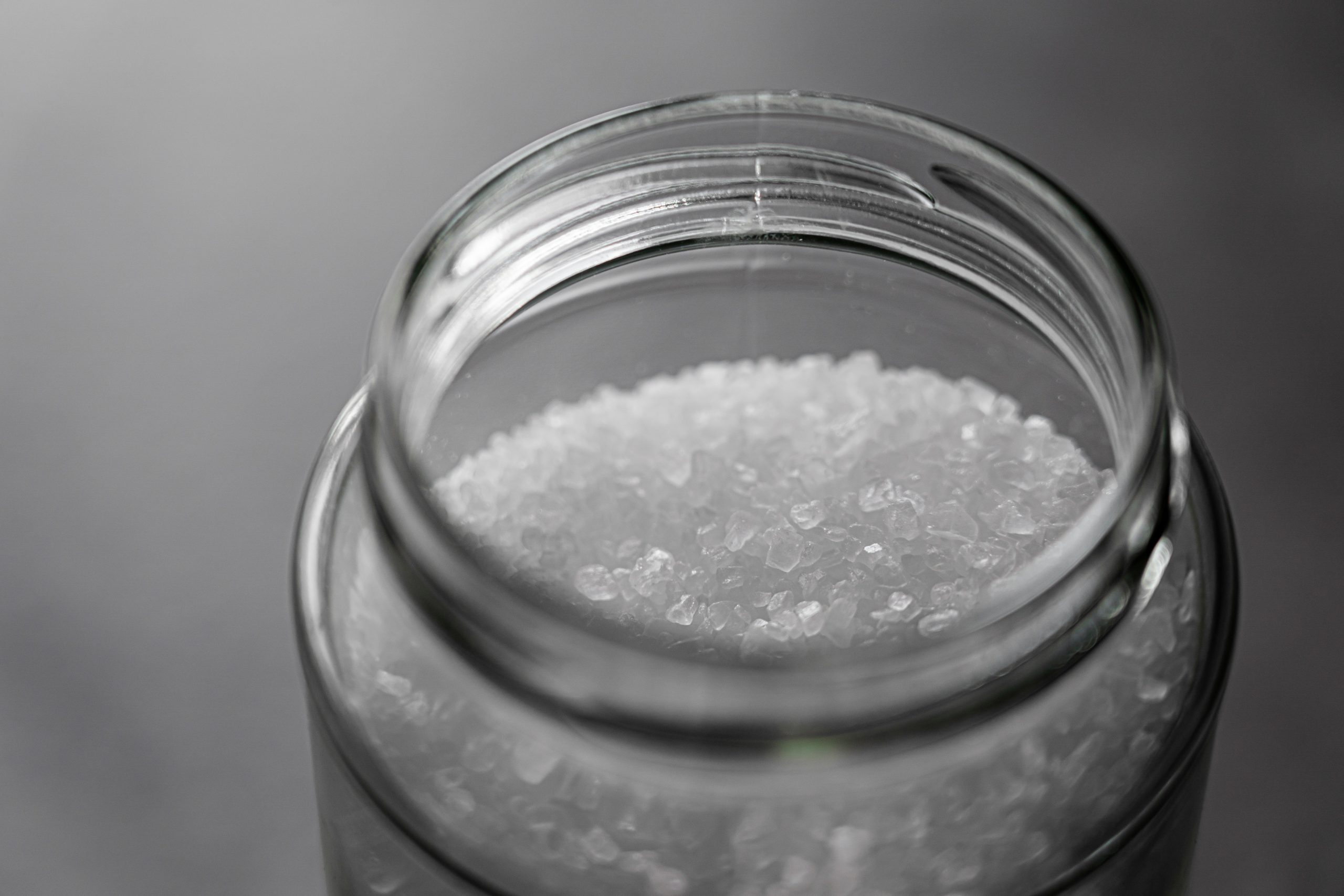Rice Processing
In this post, we’ll discuss rice processing, including its types and varieties, the influence of processing variables, and the different treatments rice can undergo to achieve special characteristics. Rice, alongside wheat and corn, is one of the most consumed cereals worldwide. However, unlike the latter two, rice is usually consumed with minimal processing, either as whole grain or with the bran and germ removed while retaining its original form, typically cooked in abundant water. Regarding the significance of rice cultivation…
